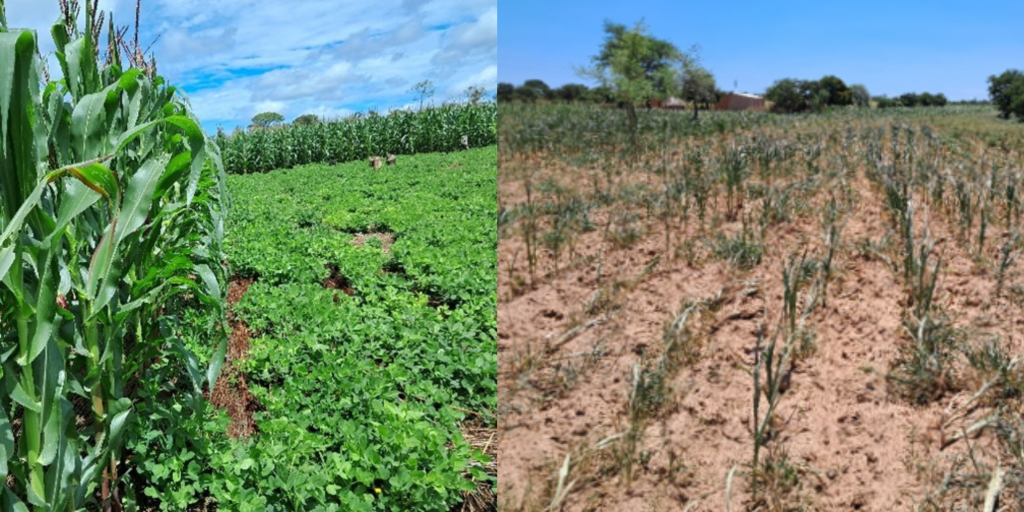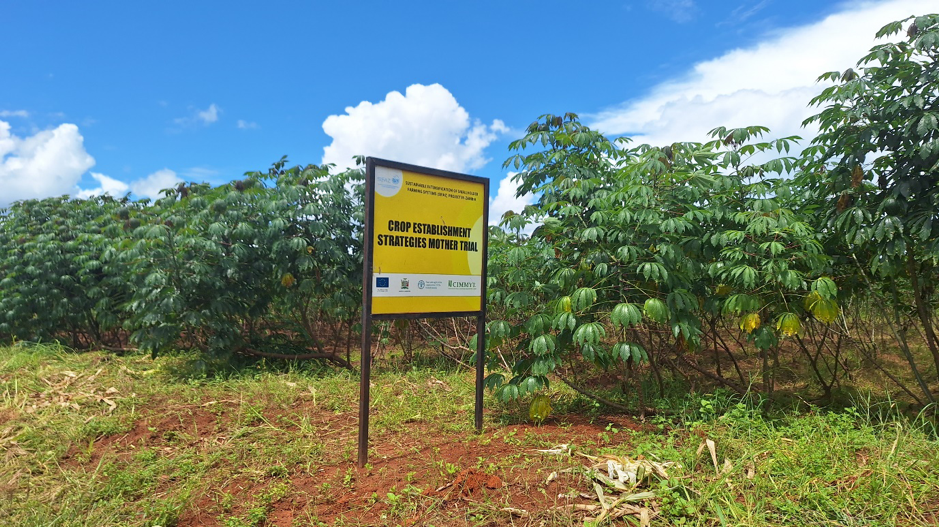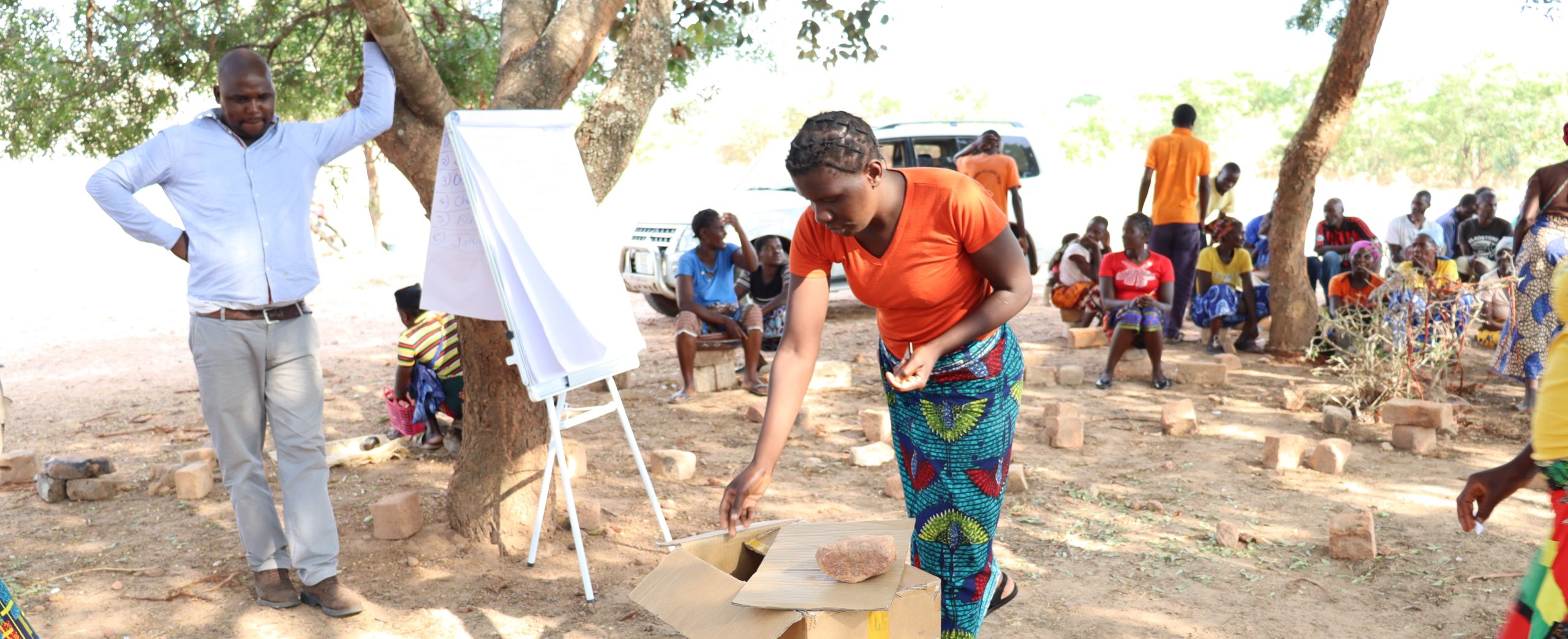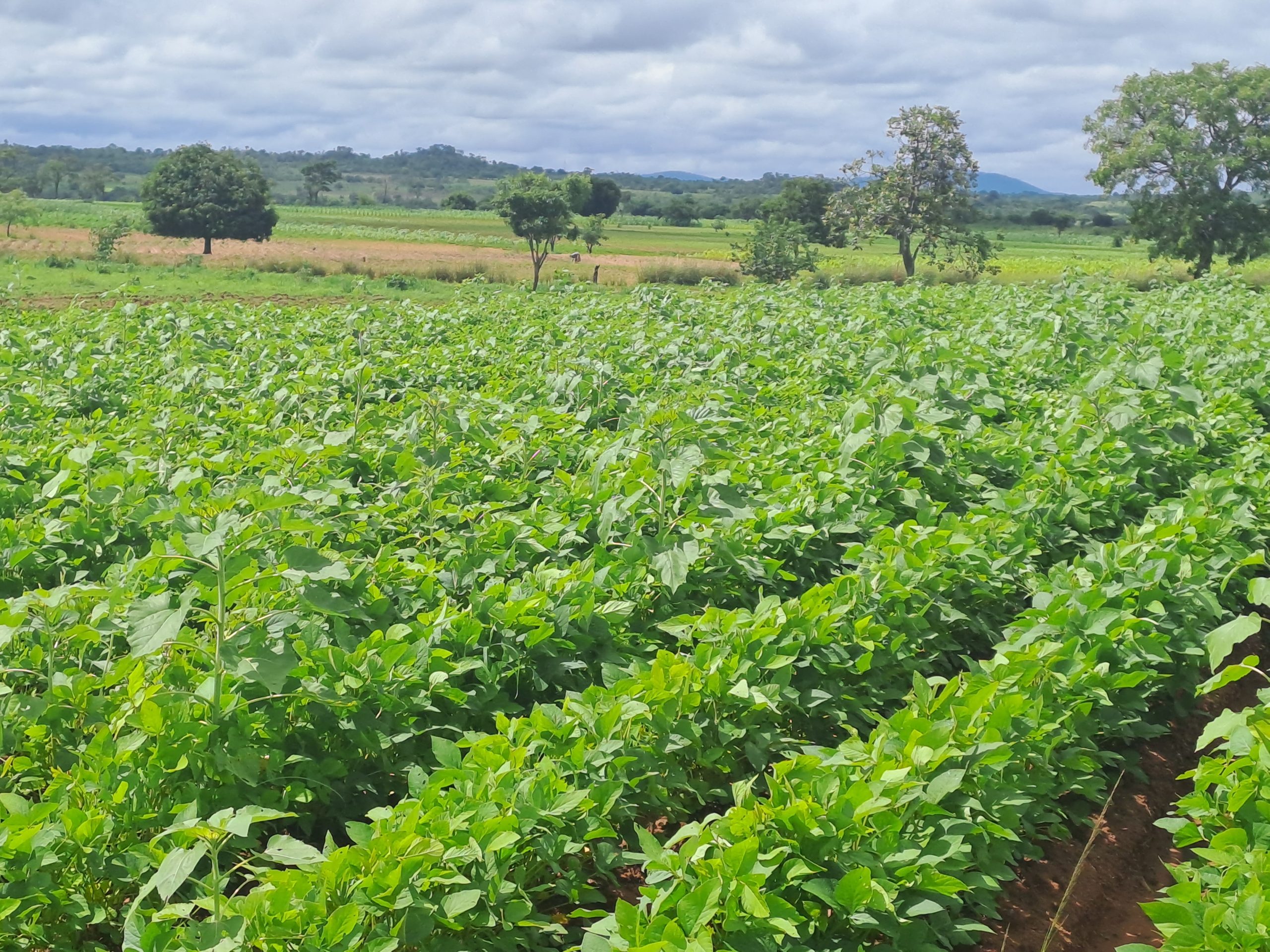From the densely lush landscape of Zambia’s northern province to the arid terrain of the south, a stark reality unfolds, intensified by El Niño. Zambia’s agriculture faces contrasting realities yet potential lies in adaptive strategies, a diversified crop basket, and collaborative initiatives which prioritize farmers. Despite persistent challenges with climate variability and uneven resource distribution, the country navigates unpredictable weather patterns, emphasizing the intricate interplay between environmental factors and adaptation strategies.

Unpacking El Niño’s impact in Zambia
El Niño presents a common challenge to both southern and northern Zambia, albeit with varying degrees of intensity and duration. The 2022/2023 season had above normal rainfall amounts, with extreme weather events, from episodes of flash floods and flooding to prolonged dry spells, especially over areas in the south. In the 2023/2024 season, the southern region has already experienced irregular weather patterns, including prolonged droughts and extreme temperatures, leading to water scarcity, crop failures, and significant agricultural losses. Although the growing season is nearing its end, the region has only received less than one-third of the annual average rainfall (just about 250 mm). Dry spells of more than 30 days have been experienced and, in most cases, coincide with the critical growth stages of flowering and grain-filling. A glance at farmers’ fields paints a gloomy picture of the anticipated yield, but all hope is not lost.
In contrast, the northern province stands out receiving above-average rainfalls beyond 2,000 mm, providing a different set of challenges for crop production. In this region, incidences of waterlogging are prominent although the effects are not as detrimental as the drought in the southern province. In general, crops in the northern province promise a considerable harvest as compared to the ones in the southern province.
Maize stover and its competing use
The scarcity of resources in southern Zambia extends beyond water availability, with the competition for maize stover, a valuable byproduct used for animal feed which can also be retained on the soil surface for fertility improvement and soil moisture conservation. With limited access to alternative fodder sources, farmers face challenges in meeting the nutritional needs of their livestock while maintaining soil fertility and conserving moisture. The struggle to balance the competing demands for maize stover underscores the complex dynamics of resource management in the region. This is further worsened by the low maize stover yield expected due to the dry conditions.
Implementing fodder trials, which include cultivating fodder crops like mucuna and lablab, intercropped or rotated with maize, offers a lifeline to farmers. While maize crops may wilt under the stress of El Niño-induced droughts, leguminous crops such as mucuna, lablab, cowpea, and groundnuts exhibit resilience, thriving in adverse conditions and providing a crucial source of food, feed, soil cover, and income for farmers. The ability of legumes to withstand environmental stressors highlights the importance of crop diversification in building resilience to climate change and ensuring food security in vulnerable regions.
Conversely, in northern Zambia, the abundance of agricultural resources allows for a more sustainable utilization of maize stover. Farmers have greater access to fodder alternatives and can implement integrated farming practices to optimize the use of crop residues. This enables them to mitigate the adverse effects of soil degradation and enhance livestock productivity, contributing to the resilience of their agricultural systems.
Use of more climate-smart crops

In southern Zambia, maize stands as the main crop, often supplemented with the integration of some leguminous crops integrated to some extent, to diversify the agricultural landscape. However, the relentless and longevity grip of El Niño has taken a negative toll on maize production, despite efforts to cultivate drought-tolerant varieties. As the dry spell persists, maize plants at the critical tasseling and silking stage face an uphill battle, as the dry and hot air has adversely impacted pollen and silk development.
The dissimilarity with the northern province, where cassava thrives from abundant water, is striking. This resilient crop, known for its drought tolerance, presents a promising alternative for farmers in the southern province grappling with erratic rainfall patterns. As climate change continues to challenge traditional agricultural practices, exploring resilient crops like cassava may offer a lifeline for communities striving to adapt and thrive amidst adversity.
In response to these radically different realities, the Sustainable Intensification of Farming Systems (SIFAZ) project, a collaborative effort of CIMMYT with FAO, the Ministry of Agriculture in Zambia, and the CGIAR Initiative on Diversification in East and Southern Africa, also known as Ukama Ustawi, have jointly promoted sustainable intensification practices to enhance the resilience of smallholder farmers.
The SIFAZ project is designed around the idea that strip crops and intercrops can add nutritional and economic value to Conservation Agriculture (CA) systems for smallholder farmers in Zambia. While traditional yield metrics provide some insight across the several intercropping treatments being tested on-farm, the true benefits of these cropping systems extend beyond mere output. SIFAZ recognizes the diversification synergy, emphasizing that “two crops are better than one.”
However, the outcomes of the SIFAZ project and the CGIAR Initiative on Diversification in East and Southern Africa have varied over the years between the two regions, reflecting the discrepancy in their agricultural landscapes.
Notably, regional differences in the adoption and success of these cropping systems have become apparent. In the northern province, crop-centric approaches prevail, leading to a higher concentration of successful crop farmers. Meanwhile, in the southern province, mixed systems that incorporate mixed crop-livestock systems achieve desirable effects. These findings highlight the importance of tailoring agricultural interventions to suit the specific needs and conditions of diverse farming communities.
Navigating the complex challenges of climate change requires a multifaceted approach that acknowledges the unique realities of different regions. By embracing adaptive strategies, harnessing indigenous knowledge, and fostering collaborative partnerships, Zambia can forge a path towards a more resilient and sustainable agricultural future, where farmers thrive despite the uncertainties of a changing climate.

 Capacity development
Capacity development 